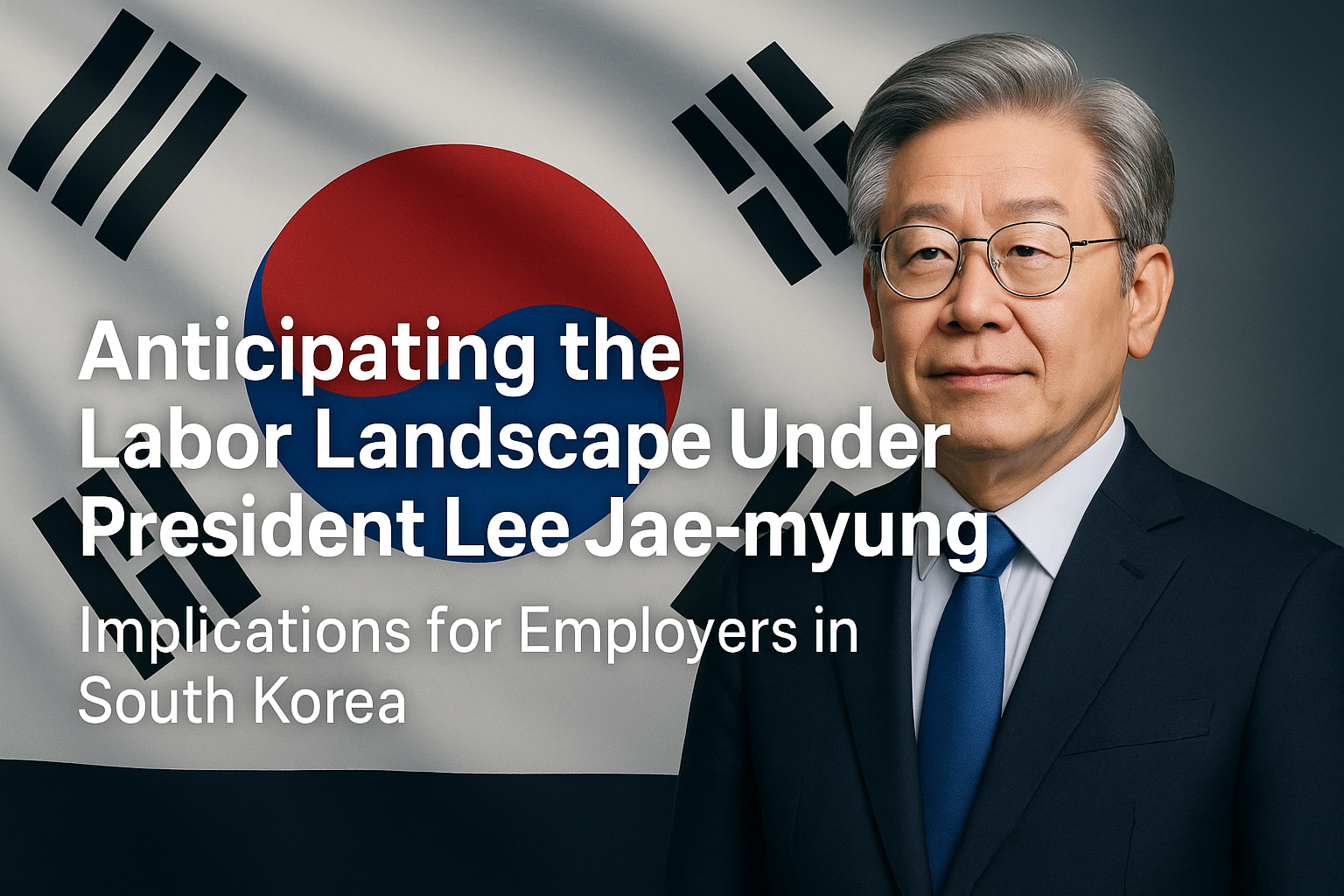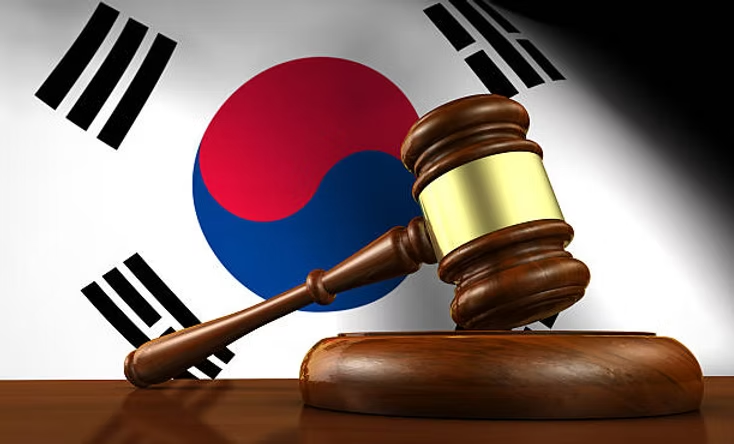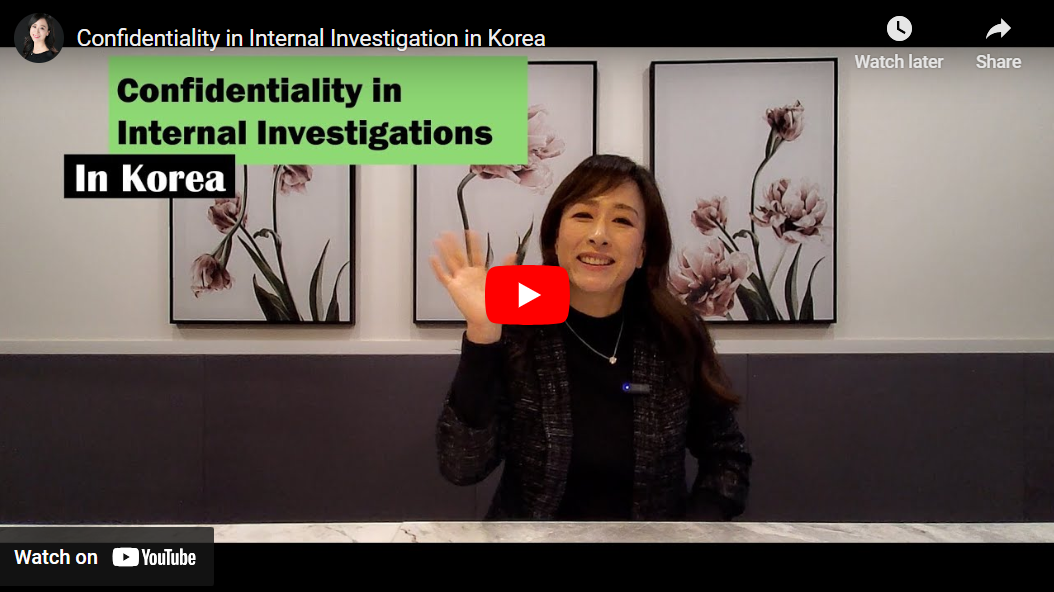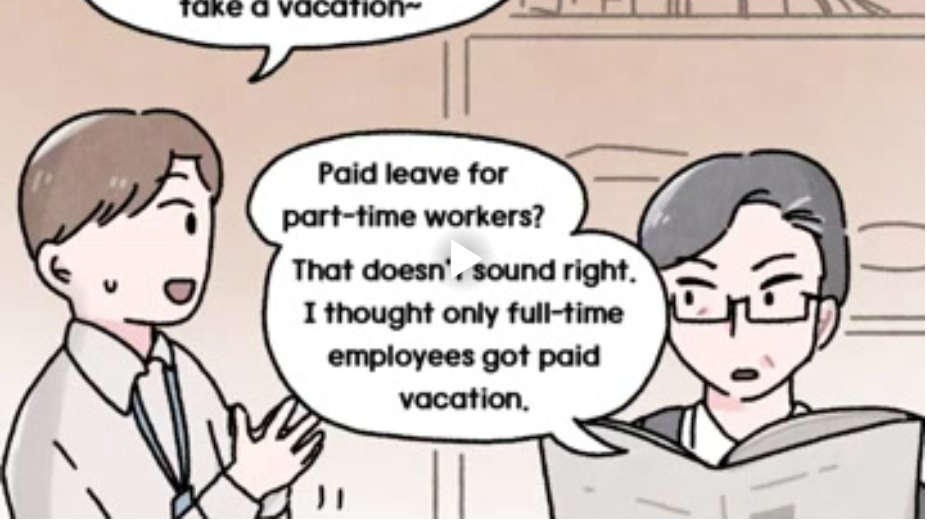An Overview of Korean Visa Categories
At InterLEX, we regularly assist clients including both multinational corporations and individual applicants with visa planning and compliance. While the specifics vary, understanding the broad structure of Korea’s visa categories can be a helpful starting point.
Below are some explanations for the more common visa types:
F Visas: Residency and Family-Based Status
The “F” series is generally for longer-term residents and those with family or personal ties to Korea. These visas allow more flexibility in daily life and employment
- F-2 (Resident Visa): A broad category that can include holders of certain D visas transitioning to longer-term residence, and highly skilled professionals meeting income and integration criteria. F-2 holders typically enjoy greater employment freedom.
- F-4 (Overseas Korean Visa): For ethnic Koreans holding foreign passports/nationality. This visa gives near-citizen-level work rights without requiring a change of citizenship.
- F-5 (Permanent Resident): This visa allows individuals to live and work in Korea without restrictions. Eligibility varies but often involves long-term residence, financial stability, language competency, and integration tests.
- F-6 (Spouse of Korean National): For individuals married to a Korean citizen, this visa grants the right to reside and work in Korea. Immigration authorities now apply stricter scrutiny to ensure genuine marital relationships.
D Visas: Long-Term Activities Such as Study, Research, or Investment
The “D” series covers individuals for medium- to long-term stays for specific professional or academic purposes. These visas usually are linked to a specific institution or activity.
- D-2 (Student Visa): Studying at a Korean university or graduate school.
- D-4 (General Trainee): Often used for language students or those in unpaid internships or training programs.
- D-6 (Religious Visa): For a person who is dispatched to a chapter registered in Korea by the foreign religious body or social welfare organization
- D-8 (Business Investment): For foreign nationals who establish or invest in a Korean company.
- D-10 (Job Seeker): A transitional visa for those seeking employment
E Visas: Employment and Professional Work
The “E” series is Korea’s employment-related visa category, designed to permit foreign nationals to work in specific fields. These visas are often employer-sponsored.
- E-1 to E-3: Academic and research positions, such as university professors or researchers.
- E-6 (Culture and Entertainment): Used by artists, performers, and other entertainment industry workers—including K-pop trainees and performers.
- E-7 (Specially Designated Activities): A catch-all for skilled professionals not covered by other E categories, such as engineers, IT professionals, or medical workers. This visa requires both employer sponsorship and approval by immigration authorities.
While the broad structure is straightforward, the fine print can be anything but. Immigration rules change frequently, and the requirements for each visa are detailed and often case specific. Factors like nationality, prior visits, Korean language ability, and even the intended field of employment can affect eligibility.
Korea has been moving toward a more structured immigration system in recent years, tightening controls on spousal visas, introducing points-based systems for residency, and increasing documentation requirements.
If you’re unsure which visa best fits your goals or if you’re already in Korea and exploring a status change, we recommend you consult with the experts at InterLEX. Our fully bar certified attorneys can assist with all of your immigration questions and needs. Our proactive and responsive legal advice can save you both time and resources in the future.










